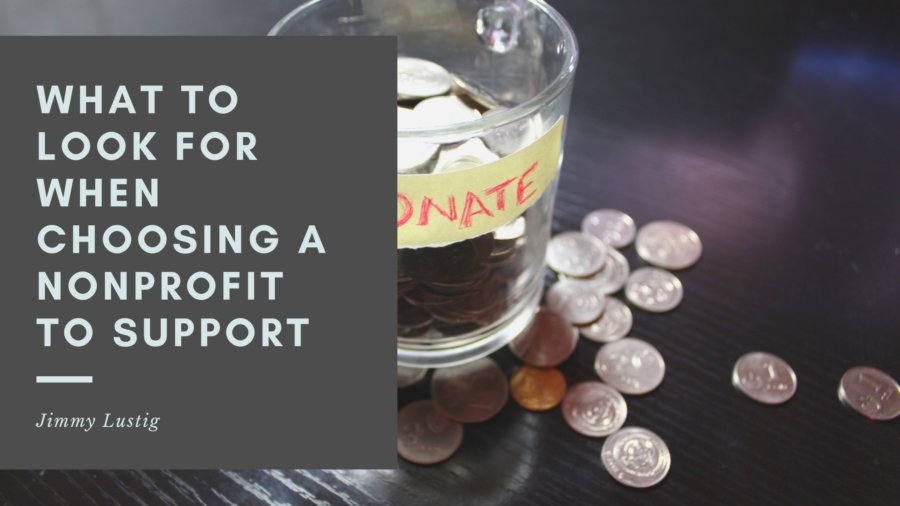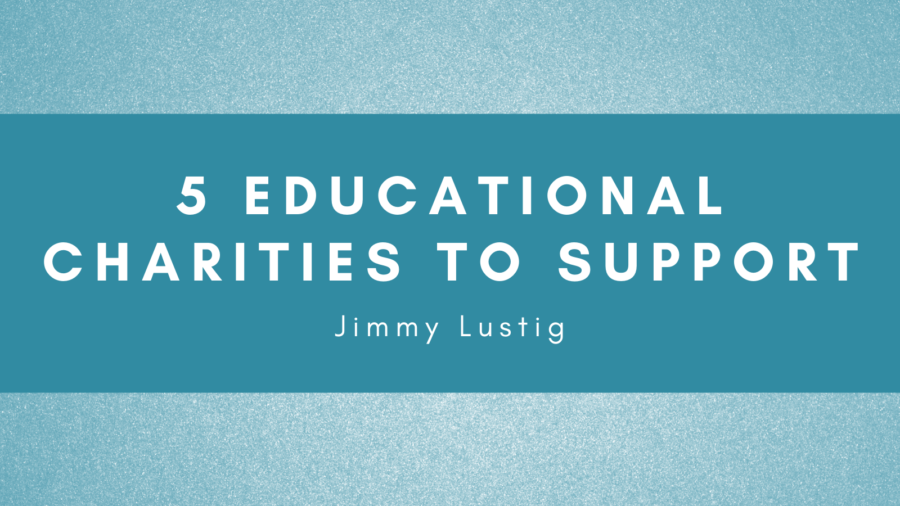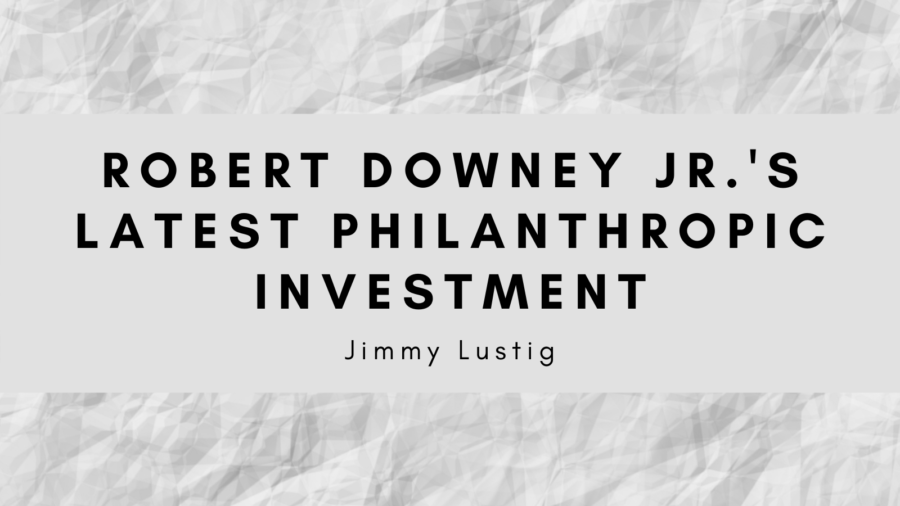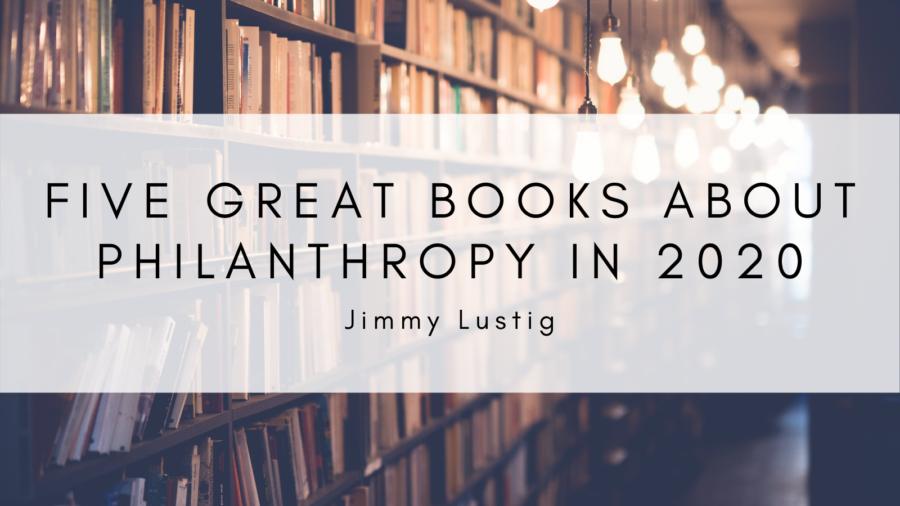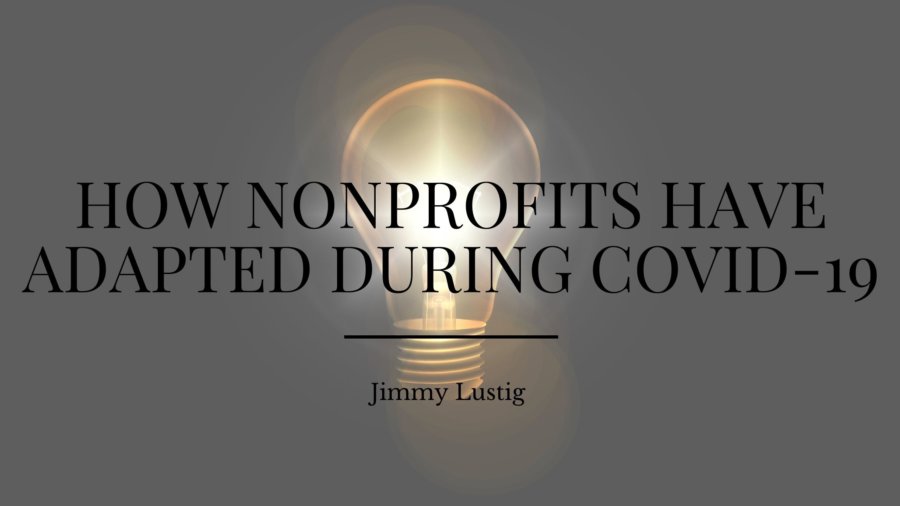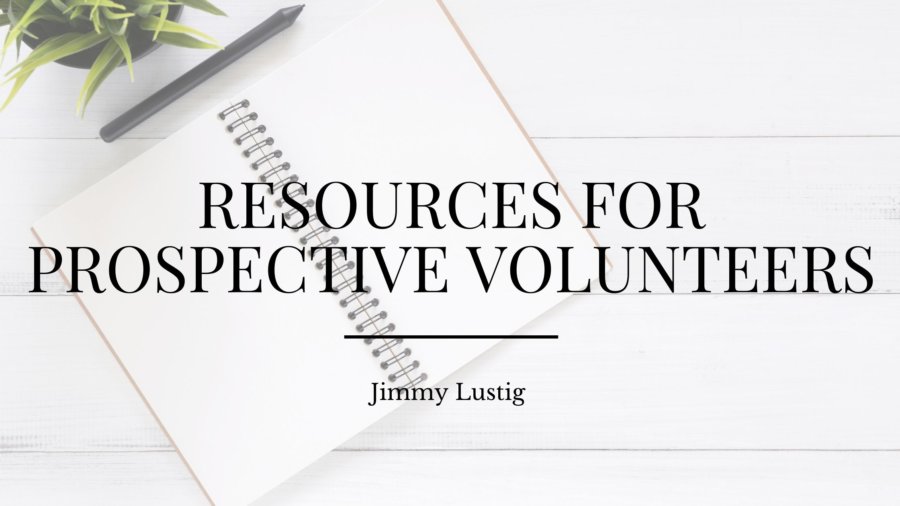What should you look for when you want to donate to a nonprofit organization? There are thousands of these organizations in the world, all of them with various causes they’re supporting and in need of monetary donations. How are you supposed to choose the right nonprofit for you? Doing some research on the different organizations will help you determine what organization will work best for you so long as you know what to look for.
The first thing you should ask yourself is what you believe in. What are you looking for in an organization? What mission do you want your money going toward? What you donate to should matter to you, so come up with a list of questions to ask yourself while browsing through potential nonprofits: is this an important cause to you? What sort of issues are you looking to help improve? Do you want your money to be donated locally, nationally, or internationally?
Once you have these questions answered and a few organizations picked out, check the mission statement of each one. Nonprofits may have similar broad goals, but how are they addressing their causes? One organization might focus on finding homes for rescue animals, while another might focus on training dogs to visit hospitals or the elderly in nursing homes. Some organizations may focus on raising awareness for an issue only, while others are more solution-based. Determine which nonprofits align with your goals and values by finding all of this out on the organization’s website.
Also, consider their tactics and the company they keep. Reputable nonprofit organizations never pressure people to buy or use a specific product or service and are always open about their finances and programs. They’ll never ask for your personal information, such as bank statements, so if an organization does, stay away. Additionally, figure out if the nonprofit is actually beneficial to the ones they’re supposed to be helping or if it’s just benefiting its founders. You can figure this out by looking at their sponsor lists—are the sponsors companies you’ve heard of? Are they on the board of the nonprofit? Do they have the same or similar addresses? This could be a sign that something is amiss.
Look for where your money will be going. You work hard for your money, so you should feel confident that the money you donate is going to the cause you want to help. Programs, grants, research, and more should be clearly defined on the nonprofit’s website, as should a list of financial audits, the board of directors, the privacy policy, and documented success. If the nonprofit is larger, check sites like Charity Navigator to see how people rate the organization.
Finally, trust your instinct. If you’re looking at an organization and have a bad feeling about it, find another nonprofit to give your money to. You should be comfortable with your donation, not uncomfortable, and confident that your donation will be used correctly.

